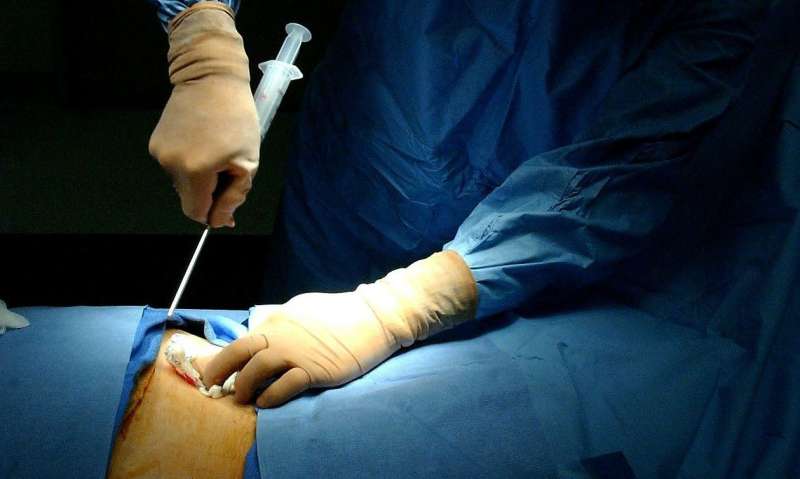Q&A: Bone marrow transplants save lives but more donors are needed

Dear Mayo Clinic: Who can be a bone marrow donor? What's the process for becoming one?
A: In general, anyone between the ages of 18 and 60 who's in good health can be a bone marrow donor. To be considered, all you need to do is join the national registry of potential donors.
People who need a bone marrow transplant often have blood disorders or diseases that affect bone marrow function, such as leukemia, lymphoma or aplastic anemia. A transplant becomes necessary for these people when their bone marrow cannot make enough healthy blood cells, or when the bone marrow has been invaded by a blood cancer.
Although the procedure is called a bone marrow transplant, it's actually the blood-forming stem cells within bone marrow that benefit the transplant recipient. Bone marrow stem cells can develop into different things: red blood cells that carry oxygen to the body, platelets that help blood clot, or white blood cells that help fight infection.
An ideal bone marrow donor should be HLA-matched to the transplant recipient. HLA stands for human leukocyte antigens—markers on the surface of the cells in the body. The immune system uses these markers to recognize which cells belong in the body and which do not. A test is performed to identify eight of these markers. To match, all eight of those HLAs in the donor need to be identical to those of the recipient.
Siblings usually are tested first as potential donors. If no sibling matches, then the care team turns to the registry run by the National Marrow Donor Program—a federally funded nonprofit that keeps a database of volunteers willing to donate. To join, go to Be the Match and follow the instructions. Once you register on the website, you're sent a kit that you can use to collect cell samples from inside your cheek. After you do that, you send the kit back. There's nothing else you need to do unless you're identified as a potential match.
If you're selected as a donor from the registry, you receive a phone call asking if you're willing to come to a transplant center for evaluation. That evaluation involves a review of your medical history, a physical exam and blood tests. If you are approved to donate based on the evaluation, the transplant goes forward.
In most cases, stem cells for a transplant are collected from blood. For that procedure, first you receive an injection of a medication that stimulates your bone marrow to produce a large supply of extra stem cells. Several days later, stem cells are collected from your blood. Blood is removed from one of your arms and circulated through a machine that separates out the stem cells. After that, the blood is returned to your body through your other arm.
Less common is a procedure where stem cells are collected directly from bone marrow. That's more complex because it's done in an operating room and requires a short hospital stay. The donor is given general anesthesia, and needles are inserted through the skin, into the bone to draw the marrow out. The procedure usually lasts one to two hours, and most donors go home the same day. Full recovery takes about two to three days.
Becoming a bone marrow donor is a selfless act of generosity. Currently, about 5,000 bone marrow transplants are done in the U.S. each year. That's far below the number of people who could benefit from these transplants if a donor could be found for all of them. The more people who register as potential bone marrow donors, the better the chances of finding a suitable donor for all those in need. Please consider signing up at Be the Match, bethematch.org/ today.
©2019 Mayo Foundation for Medical Education and Research
Distributed by Tribune Content Agency, LLC.


















